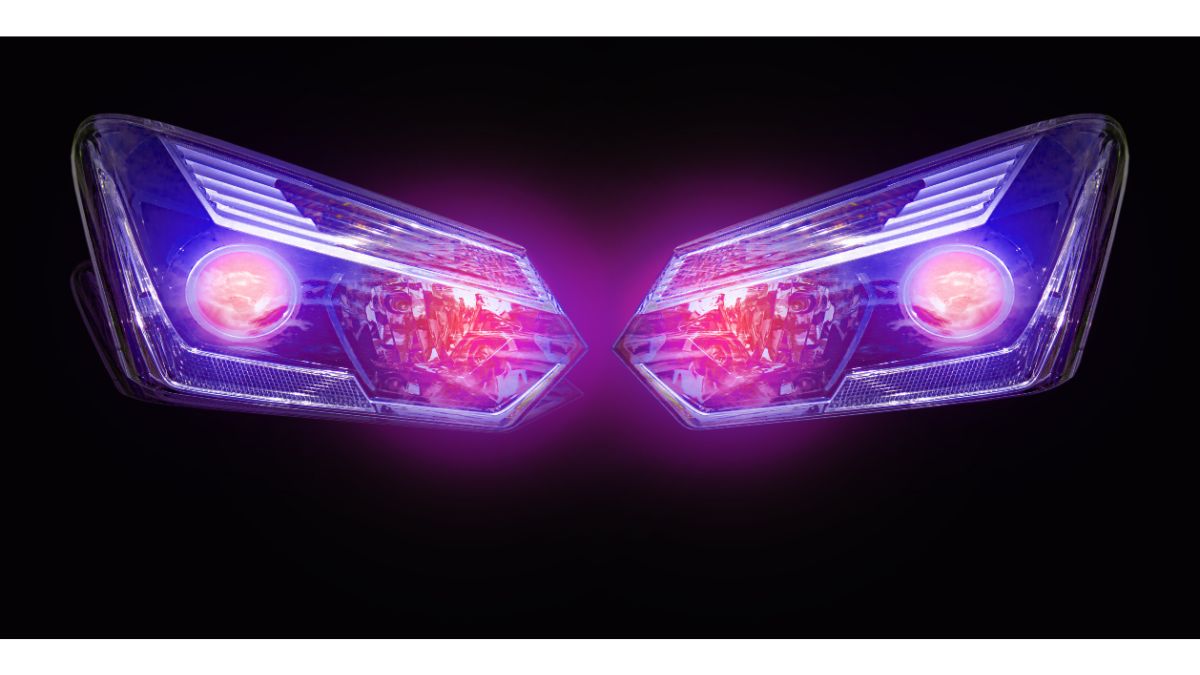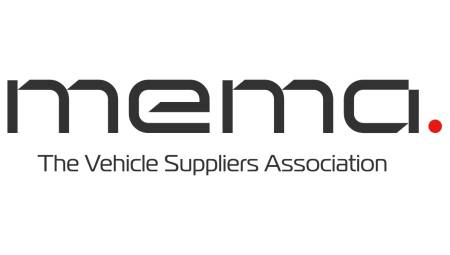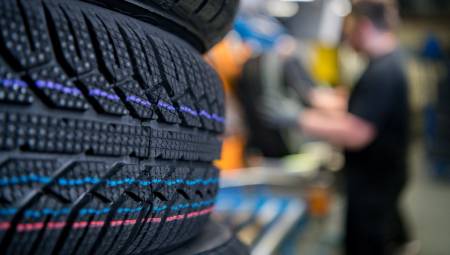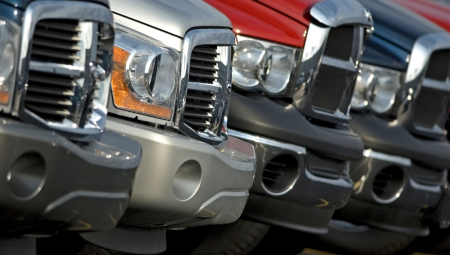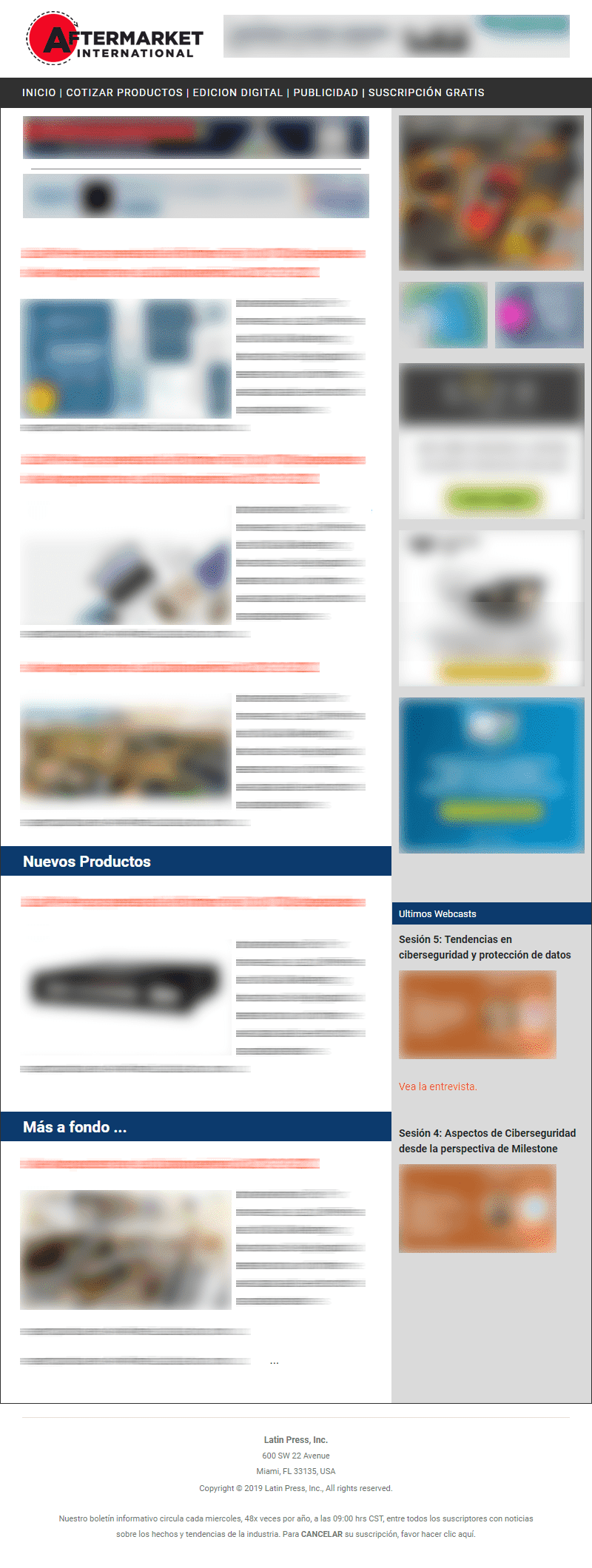International. MarketsandMarkets forecasts the automotive lighting market to grow from an estimated $22.5 billion in 2023 to reach $30.4 billion in 2030 at a CAGR of 4.4%.
According to a recent report by this firm, automakers are very focused on developing new and innovative lighting to increase the aesthetic appeal and safety of the driver and other road users.
Automotive lighting is an integral part of every vehicle and significantly ensures safety, aesthetic appeal, and visibility.
OEMs in lighting innovation create a range of concepts for the indoor and outdoor use of LED technology. Almost all OEMs have incorporated LED technology into today's vehicles.
LED daytime running lights and taillights have been introduced in a number of vehicles, and the latest LED matrix headlights offer far superior features in terms of functionality and design. Recently, all high-end four-wheelers are typically equipped with LED lighting, which is also anticipated to drive the overall growth of the market.
The application of outdoor lighting is expected to lead the automotive lighting industry during the period under review. The growth of the segment is mainly attributed to the mandatory installation of various lighting components such as headlights, taillights, turn signals, height-mounted center brake lights (CHMSL), brake/reverse lights, and license plates in almost all vehicle categories.
In addition, continued advancements in front and rear lighting technologies and government mandates to install Daytime Running Lights (DRLs) and adaptive lighting will drive the growth of this segment. Adaptive outdoor lighting technologies are gaining traction during the forecast period.
This lighting improves the visibility of vehicles at a low-light intersection with the help of sensors that help detect the steering steering angle based on the vehicle's direction of travel. For example, the European Union mandated the installation of commercial and passenger vehicles. In addition, passenger cars produced in Japan and Canada must also be equipped with DRL lights, and other countries such as the US, China, India, and South Korea have noticed significant adoption of LED DRLs and fog lights from the mid-range to premium.
Therefore, advanced technologies such as automatic on/off, high beam assist in the headlights, and taillight signaling features help communicate with the driver and their surroundings while driving. Hence, such advancement in outdoor lighting is transforming the overall automotive lighting market, which will drive this market in the coming years.
The LED lighting market will become a prominent technology in the automotive industry by the end of 2030 as it is more efficient than other technologies and useful for adaptive lighting functions. Because of this, LED headlights and taillights have seen an increase in demand in the passenger vehicle segment. On the other hand, mid-priced cars are being installed with hybrid lighting, which combines halogen and LED lighting.
In addition, certain government regulations encourage the use of LED lighting. For instance, in February 2022, the U.S. Department of Transportation's National Highway Traffic Safety Administration (NHTSA) issued a final rule allowing automotive OEMs to install adaptive high beams on new-production vehicles.
Likewise, advances in LED technologies, such as OLED and Matrix LED, are prominently available in high-end automobiles for headlight applications; However, they are expected to see notable adoption in mid-range cars, especially in developing countries. In addition to outdoor applications, the adoption of LEDs for dashboards, glove boxes, and ceiling lights is growing rapidly.
Major OEMs, such as Hyundai, Toyota, Volkswagen, BMW, and Nissan, among others, have adopted LED technology in interior and exterior applications to enhance the vehicle's appearance. Some of the leading commercial vehicle manufacturers, such as Daimler, Volvo, Scania, and MAN Trucks, among others, offer LED headlights in some heavy-duty truck segments.
Therefore, the expanded range of LED technology lighting with design flexibility and the shift in consumer inclination towards LED technology will drive the adoption of LED technology in the coming years.


